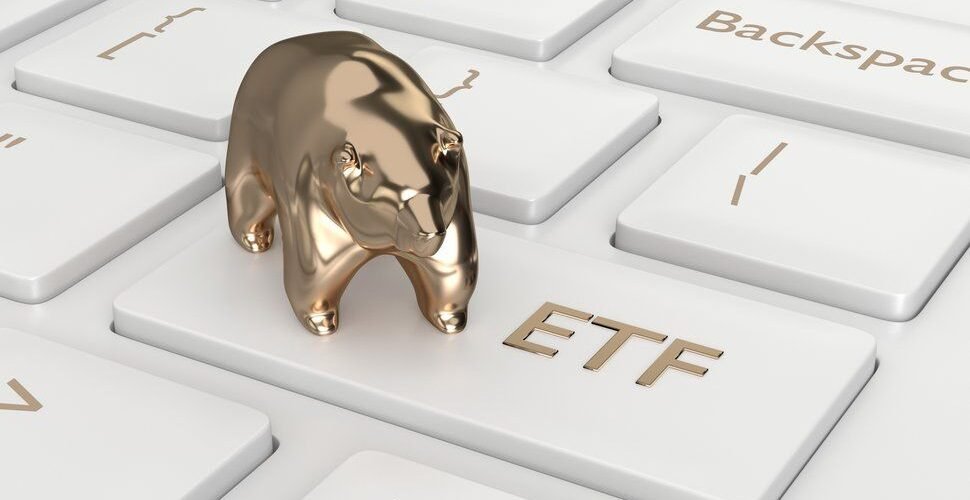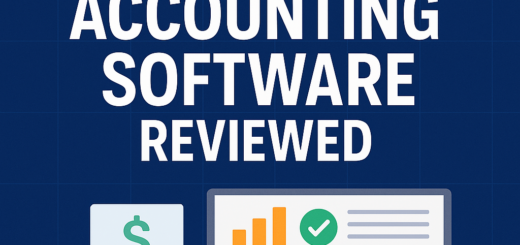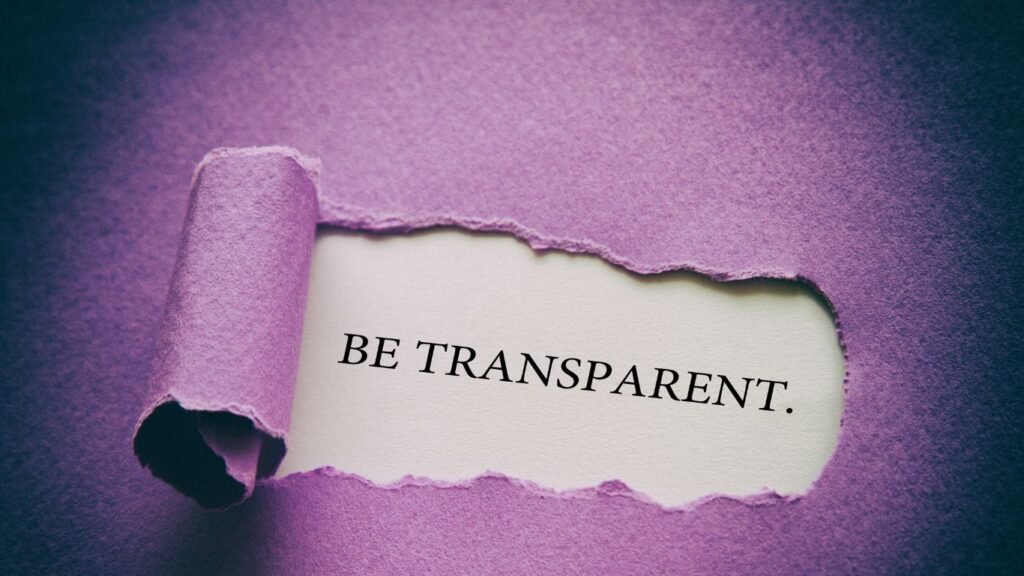Mutual Funds vs. ETFs: The Clash of the Titans

If you invest today, you choose between two giants: mutual funds and exchange-traded funds (ETFs). Both products pool money, both diversify risk, and both can operate actively or passively. But in 2025 the balance of power shifts—because costs, taxes, regulation, and investor behaviour tilt the field. Here’s a detailed and revised look at what truly differs now, and what that means for your portfolio with Perfect Finserv guiding you.
1) Money flows: investors decide in real time
Look at the money going in and out. In the latest data for the week ending 29 October 2025, long-term mutual funds experienced net outflows of approximately $41.4 billion, while ETFs attracted about $44.0 billion in net issuance. That sharp divergence shows where investors place their trust and capital.
Over a broader horizon, 2024-2025 became a blockbuster era for ETFs globally. Investors poured roughly $1.5 trillion into the ETF sector, lifting global ETF assets to about $13.8 trillion and pushing active ETFs past the $1 trillion mark. Factors such as lower fees, easier trading, and stronger tax handling (in the U.S.) drive this shift.
In India the pattern echoes. Passive funds enjoyed 58 straight months of inflows up to August 2025, while passive assets under management (AUM) reached about ₹12.5 lakh crore in that month. In the first half of fiscal year 2026 (April–September 2025), passive strategies drew about ₹68,500 crore, with roughly 85 % of that via ETFs. Gold and commodity ETFs became especially popular as investors hedged volatility and currency risk.
And here’s the standout: India’s gold ETFs hit an all-time AUM record near $10 billion after the biggest monthly inflow in September 2025—driven by a weaker rupee and heightened demand for safe-haven assets.
At Perfect Finserv, we monitor these flows daily to understand where opportunity lies and advise our clients accordingly.
2) Costs keep shrinking—especially for ETFs
Costs matter. Every fraction of a percent eats away at long-term returns. The latest fee study for the U.S. shows average expense ratios for long-term mutual funds continue to drop. But index equity ETFs now sit near 0.15 % on an asset-weighted basis—highlighting their low‐cost edge when deployed at scale.
In 2025 one major asset manager announced fee cuts across 87 mutual funds and ETFs, projecting about $350 million in investor savings this year. That puts pressure on every competitor and creates real benefit for investors.
For you through Perfect Finserv: we compare not just headline fees, but all hidden costs—trading spreads, bid-ask impact (for ETFs), exit loads (for mutual funds), and other operational frictions. Lower cost doesn’t always mean “best.” We help you dig deeper.
3) Taxes: structural advantage in the U.S., differing in India
In the U.S., ETFs carry a structural tax advantage. Their in-kind creation/redemption process reduces distributed capital gains compared with comparable mutual funds. One bank estimates cumulative investor tax savings of around $250 billion since 1993—mostly thanks to the ETF wrapper rather than pure fee reduction.
However, tax landscapes differ elsewhere. In India, equity fund taxation applies similarly to mutual funds and ETF versions of those funds. So while the ETF wrapper may offer trading flexibility, it doesn’t automatically bring tax magic here. A local investor working through Perfect Finserv should check how capital gains on equity and debt funds apply, whether held via mutual fund or ETF wrapper.
4) Liquidity, trading, settlement: ETFs trade like stocks
ETFs trade intra-day at market prices, so you can place limit orders, stop-losses, and still manage bid/ask spreads. Mutual funds transact once per day at the net asset value (NAV) after market close—clean, no spread, but no intra-day flexibility.
Settlement cycles have improved. India has used a T+1 cycle since early 2023, and pilots optional T+0 for some stocks in 2025. The U.S. adopted T+1 in May 2024, reducing counter-party risk and speeding trade settlement. For Indian equity ETFs and mutual funds the improved settlement means less risk of stale pricing or liquidity bottlenecks.
When you invest through Perfect Finserv, you gain access to platforms that support both wrappers. If you want intraday moves—say you hedge ahead of key data—an ETF makes sense. If you automate monthly investments and ignore intra-day noise, a mutual fund may feel simpler.
5) Access and innovation: ETFs innovate faster
ETFs have become the launchpad for novel investment exposures—from defined-outcome strategies and covered call overlays to commodity, factor, and crypto access. In 2024 the U.S. regulator approved spot Ether ETFs, following bitcoin’s earlier wave, opening a frontier of digital-asset ETFs.
In 2025 a regulatory development suggests that mutual funds might gain the ability to offer ETF-style share classes. That means one portfolio strategy could offer you a choice: trade like an ETF or transact like a mutual fund. At Perfect Finserv we keep close to these rule-changes so you can act when innovation matters.
Hence: if you want access to a niche idea (say a smart-beta or crypto linked strategy) and find an ETF wrapper launching first, the timing element matters.
6) Active vs. passive: wrapper isn’t everything
Both mutual funds and ETFs can be actively managed or index-tracking. But adoption patterns differ. ETFs have driven indexing growth and now expand into active overlays too. As of September 2025, index strategies across both wrappers held roughly 52 % of long-term assets, with index dominance particularly strong in U.S. equities.
In practice:
- If you favour ultra-low-cost broad market exposure, index ETFs set a high bar.
- If you want capacity-constrained active strategies (small caps, niche credit, emerging markets) and you invest via monthly SIPs or sweeps, mutual funds retain strength—especially in places where ETF liquidity remains thin.
Perfect Finserv analyses both wrapper types with the same lens: track record, manager quality, cost efficiency and your tax/operational context, so you pick whichever wrapper aligns with your objective—not based on wrapper bias.
7) Operational frictions that matter in real life
Let’s look at practical differences you’ll feel:
- Minimums & investment plans: Many mutual funds allow SIPs with very small amounts and fractional units. ETFs rely on your broker; many Indian brokers now support auto-invest and fractional shares, but not everyone.
- Trading costs: ETFs may incur brokerage and bid/ask spreads; mutual funds typically don’t charge brokerage for purchases, but may impose exit loads or minimums if you withdraw early.
- Tracking error: For index funds, you must compare how closely they track their benchmarks after cost and friction. In India, some index mutual funds match or even outperform sibling ETFs because ETF liquidity issues in secondary markets create higher trading costs and slippage.
- Convenience: Mutual funds provide single-side transaction (buy/sell) at end-of-day NAV; ETFs require you to think about bid/ask, market impact and timing.
- Transparency: ETFs disclose holdings daily (in many jurisdictions) so you see exactly what you own; mutual funds may disclose monthly or quarterly.
At Perfect Finserv we run a checklist for every investment: wrapper mechanics, cost, tax, liquidity, convenience. We ensure you understand both the theoretical superiority and the practical trade-offs of mutual funds vs ETFs.
8) Decision framework for 2025
Here’s a simplified decision map you can use:
Choose an ETF when you:
- Need intraday control (rebalance, hedge, tax-loss harvest)
- Seek lowest possible cost for broad beta exposure
- Want access to newer exposures (commodities, digital assets, factor strategies)
- Are comfortable managing brokerage, trading spreads and execution
Choose a mutual fund when you:
- Prefer automated monthly investing with no bid/ask fuss
- Want simplicity (buy once at NAV, forget)
- Invest in active strategies where manager selection matters more than wrapper
- Operate in a jurisdiction where tax/treatment between mutual fund and ETF is similar (as in India)
Either wrapper can work if:
- You invest in diversified, well-run funds
- You check cost, tax and liquidity
- You stay aligned with your horizon, risk tolerance and plan
With Perfect Finserv’s guidance, you’ll evaluate both wrappers not on hype but on suitability. We steer you toward the wrapper that serves the job rather than the wrapper you feel you “should” use.
9) Bottom line
The ETF wrapper now dominates the growth narrative—flow wise, cost wise, innovation wise, and (in the U.S.) tax wise. Meanwhile, mutual funds still hold strong for disciplined investing, SIPs, end-of-day simplicity and active strategies. In 2025 you no longer need to pick one side for life. Instead, choose the wrapper that best fits your job, your horizon, and your tax & trading context.
Perfect Finserv stands ready to help you compare wrapper options, assess fund selection, and implement whichever structure best meets your goals. Because whether you pick a mutual fund or an ETF, what matters most is that your choice works for you.
Also Read – What Bollywood Can Teach About SIP Discipline













